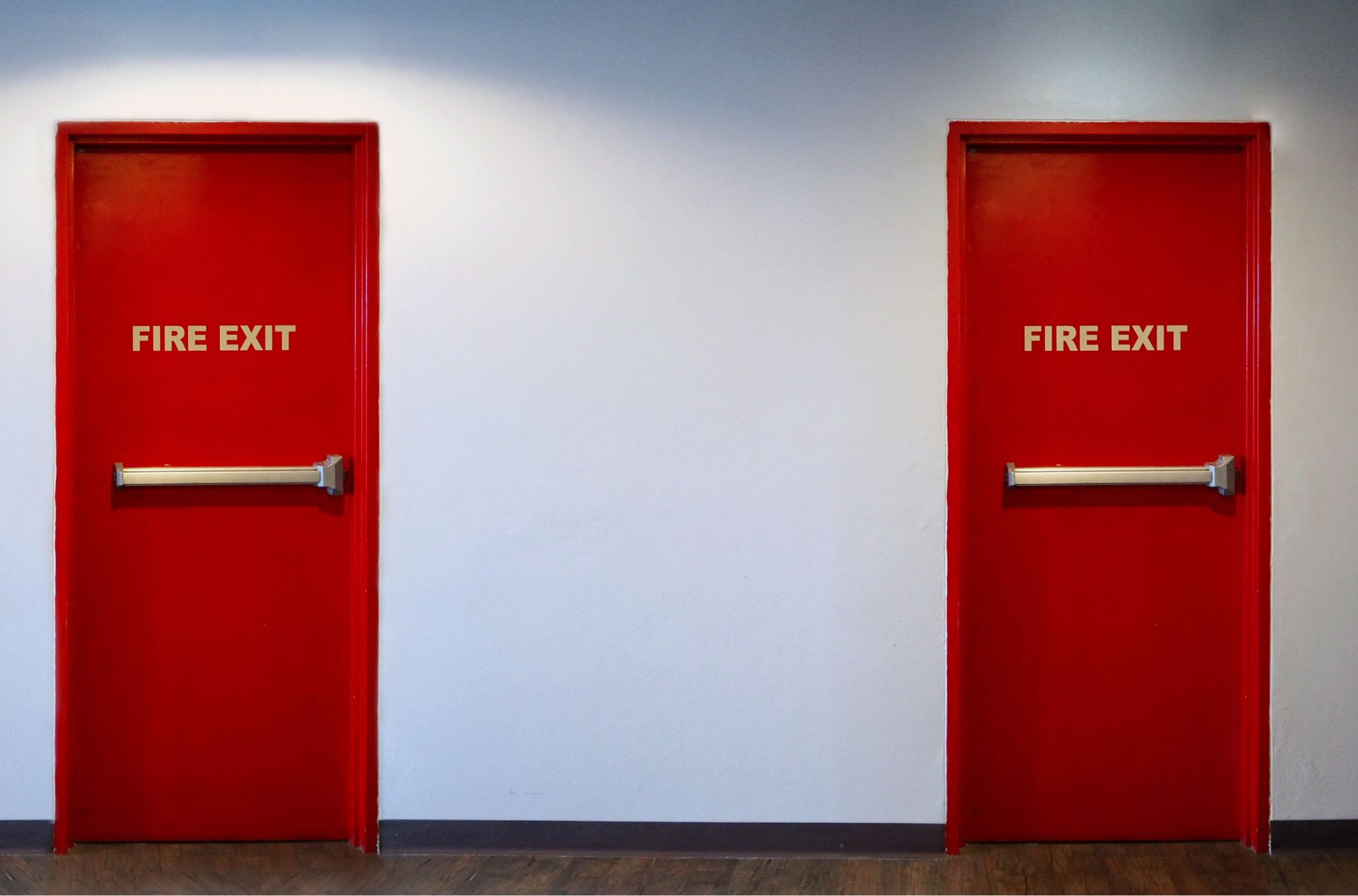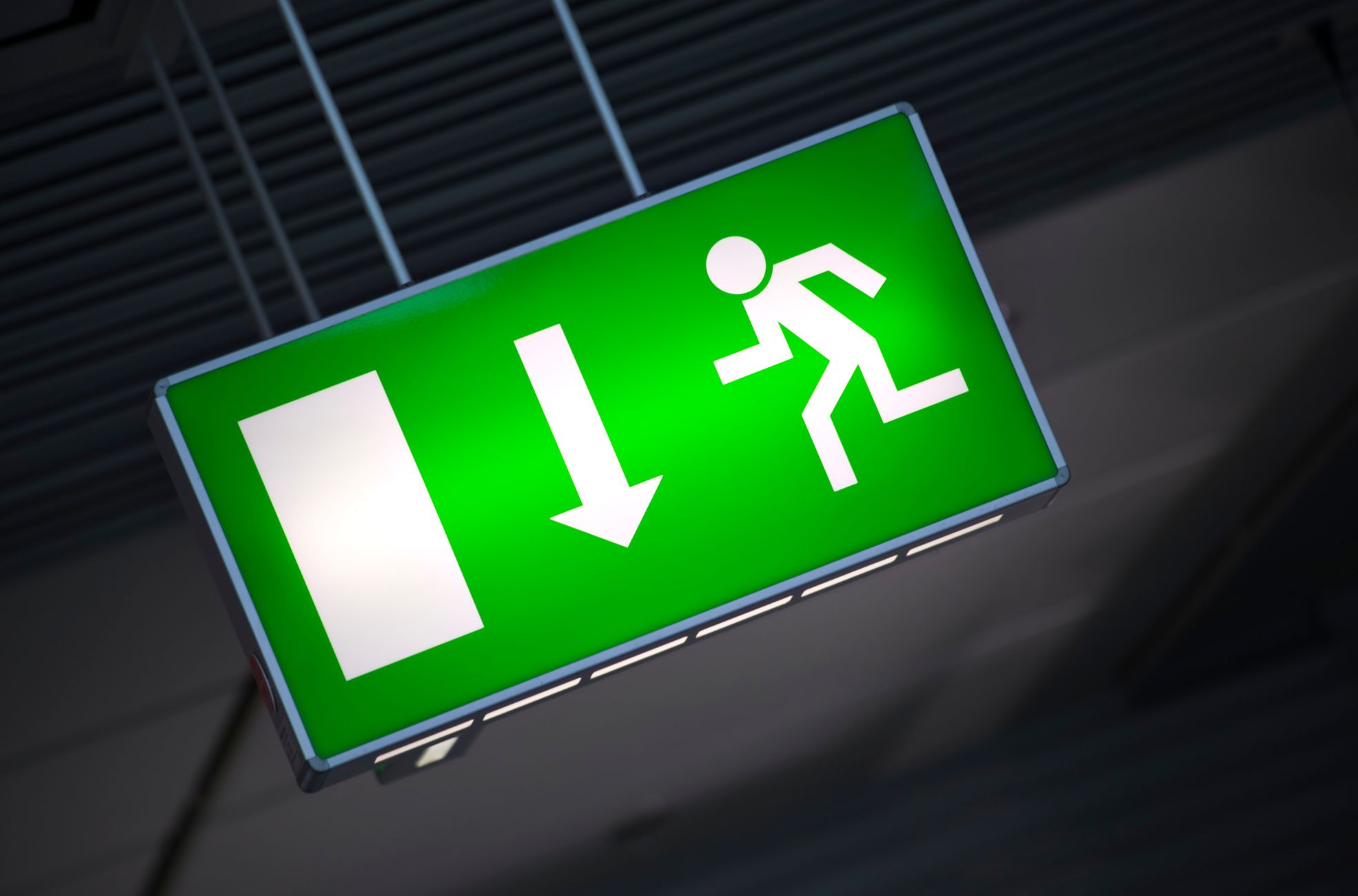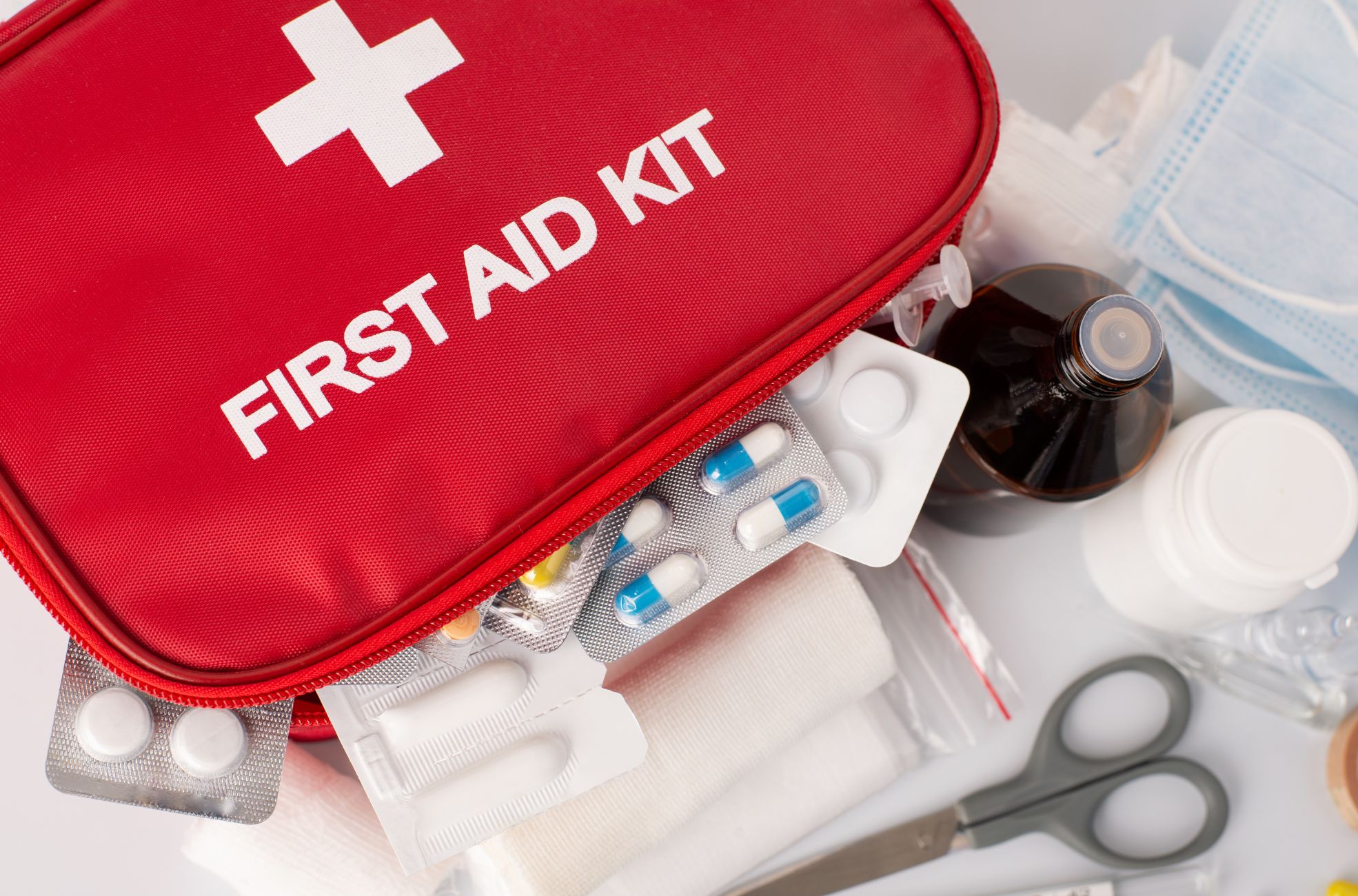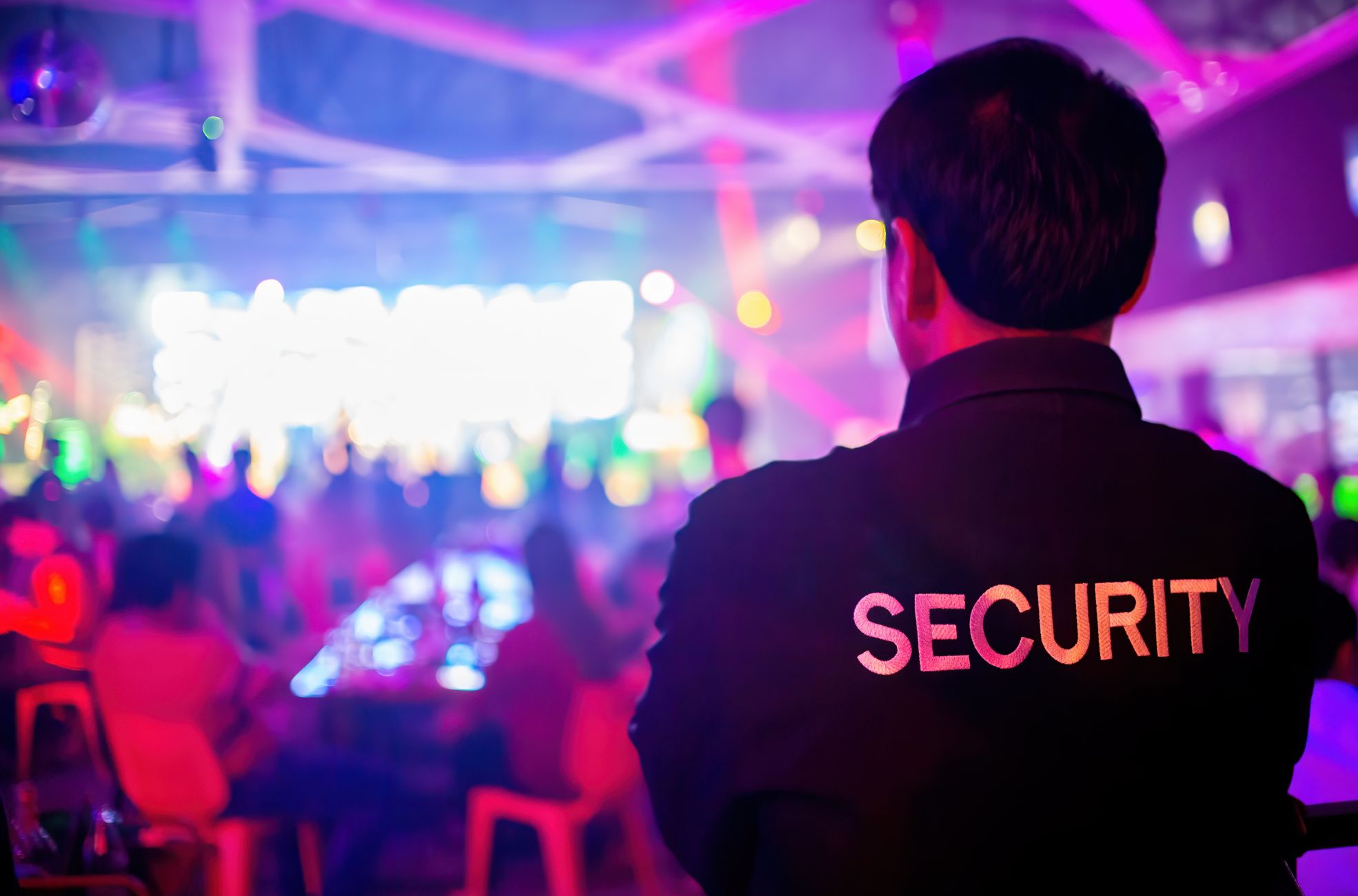Event safety is essential for any successful gathering in 2024, requiring meticulous planning and proactive management. As we navigate the complexities of contemporary event organization, the significance of ensuring a secure and healthy environment for attendees, staff, and suppliers has never been greater. This guide serves as a comprehensive resource for event planners, offering the latest strategies and technologies to address potential risks and legal requirements.
From the fundamental principles of event safety insights and planning to the deployment of advanced security systems and medical preparedness, our extensive overview will equip you with the knowledge to orchestrate not only a memorable but also a supremely safe event.
Event Safety Fundamentals
The Importance of Safety Planning
In recent years, the focus on health and safety at events has shot up the list of priorities for organizers. Making sure both guests and staff are safe isn’t just the right thing to do—it’s a core part of planning your event. You’ve got to take proactive steps to prevent harm and be ready for emergencies.
Safety planning is key, no matter the size of your event, from massive festivals to intimate community gatherings. A solid safety plan kicks off with a detailed profile of your event, including the activities, audience size, and demographics.
The plan also includes thorough venue assessments and emergency procedures.
Types of Event Safety Hazards
Event safety hazards come in all shapes and sizes, from physical risks like tripping over cables and equipment failures to bigger issues such as managing crowds, bracing for accidents and extreme weather, and handling security threats. Spotting these hazards is a critical part of the safety planning process. You’ve got to think about the potential impact on everyone, including attendees, crew, and the public.
Working together with your team, venue staff, and suppliers is essential to spotting and tackling these risks effectively. By looking at every part of the event, from the food being served to the stage setup and getting local authorities and emergency services on board when needed, you can make the event safer for everyone.
Role of Risk Assessments
Risk assessments are the foundation of event safety, acting as a systematic way to spot and handle potential risks. This means listing all possible fire safety concerns and figuring out who could be affected and how to deal with each risk. Getting input from your team and suppliers can help you find hazards that might take time to be obvious.
Websites like Safe Work Australia are helpful for tips on how to do a risk assessment or assessments. Plus, it’s crucial to develop emergency procedures and talk to emergency services for bigger events or those in unique venues. Testing and confirming your emergency plans, maybe through simulations, makes sure you’re ready for anything.
Safety Policies and Legal Compliance
Sticking to safety policies and legal requirements is necessary when planning an event. Putting health and safety measures in place protects your staff, suppliers, and attendees from risks from the moment you start setting up to the end of the event. It’s important to make sure everyone knows about these safety measures.
You can do this through site inductions, clear signage, and announcements before the event starts. Keeping an eye on risks during the event with a checklist and people in charge of safety ensures you’re always on the ball. Also, following public health and fire safety guidelines is crucial for public events, covering everything from picking the right venue to coordinating with emergency services.
By implementing these measures, you’re doing your part to reduce harm and ensure a safe experience for everyone at your event.

Designing a Safe Event Layout
Creating a layout that prioritizes safety is a fundamental step in event planning. This involves considering crowd management, accessibility, and the stability of temporary structures.
Crowd Management Strategies
Implementing crowd management strategies is essential for maintaining order and safety. This involves creating a crowd control plan that incorporates barriers, fencing, and designated seating zones to direct attendees. A security team trained in de-escalation techniques is vital for addressing any disturbances promptly.
Surveillance systems and checkpoints are also important for monitoring and maintaining security. Preparedness for various emergencies, including medical situations or missing persons, is facilitated by established protocols that enable a swift and coordinated response.
Emergency Exits and Evacuation Routes
Identifying evacuation routes and ensuring they are clearly marked is crucial to emergency preparedness. Protocols should be in place for alerting attendees, coordinating on-site responses, collaborating with emergency services, and managing traffic during an evacuation.
Medical personnel should be strategically positioned, and medical stations should be established in areas that are easily accessible yet away from high-traffic zones. Reserved lanes for emergency vehicles are necessary, and liaising with local medical facilities is advisable. Documenting all incidents is part of a comprehensive emergency response plan.
Accessibility Considerations
Ensuring accessibility for all attendees, including those with disabilities, is a critical and legally mandated aspect of event planning. Event site layouts should incorporate clear pathways and facilities for individuals with disabilities, including ample space for wheelchair users and the provision of ramps or lifts where necessary. Accessible restrooms and other amenities should be conveniently located.
Temporary Structures and Stage Safety
Assessing the suitability of the whole event venue for temporary structures and stages is imperative. A site plan should outline the placement of these elements, as well as access points and facilities. Safety measures should be observed from setup through breakdown, with regular inspections by assigned personnel.
Informing all staff and suppliers about potential hazards is necessary to ensure they communicate these to their teams. Anticipating crowd dynamics and having an emergency plan in place are part of effective risk management. Continuous monitoring and responding to evolving situations are key to maintaining a safe environment.
Implementing Effective Security Measures
Security Personnel and Team Roles
Security personnel are essential for maintaining a safe environment at events. They serve multiple functions, including guiding attendees and responding to inquiries, which contributes to a positive experience for guests. Their vigilance is crucial in identifying and mitigating any potential disturbances.
These professionals also oversee vehicle traffic, ensure orderly parking and prevent unauthorized use of adjacent properties. Their meticulous approach to this aspect helps preserve harmony with the local community and averts complications.
Screening and Access Control
Screening attendees is a fundamental security procedure involving bag checks and personal searches to exclude dangerous or forbidden items. Metal detectors are often employed at larger gatherings to enhance these efforts. Access control systems are implemented to restrict entry to specific zones, maintaining a safe capacity and contributing to the event’s orderly progression.
These systems also yield valuable data on the number of attendees and their movement patterns, which organizers can use to adjust event management strategies. The design of these systems should prioritize user convenience, minimize delays, and promote seamless navigation while safeguarding personal information.
Dealing with Unruly Guests or Intruders
Security teams are prepared to address any issues with disruptive individuals. Their training in crowd management begins with the initial screening and is maintained throughout the event to ensure that egress paths are unobstructed.
In case of a disturbance, these teams are equipped to remove the individual(s) involved and provide support to those who may feel threatened, offering accompaniment to transportation if needed.
Liaison with Local Law Enforcement
Forging a proactive partnership with local law enforcement is vital for a well-rounded security strategy. Informing the police about upcoming events facilitates better cooperation and assistance when necessary. Community liaison teams foster communication between event organizers, the community, and law enforcement.
These teams engage with local leaders and provide guidance to help communities prepare for and respond to various scenarios. Both sworn and unsworn community liaison officers are chosen for their superior communication skills and sometimes specific qualifications or experience. Their participation helps integrate the event into the larger community safety strategy.

Health and Medical Preparedness
First-Aid Stations and Medical Staff
First-aid stations and medical staff are crucial for addressing health-related incidents. Organizations like EMS Event Medical exemplify excellence in providing professional medical personnel for various events. These professionals are not merely first aiders; they are fully qualified and experienced, regulated by AHPRA and recognized by NSW Health for their expertise.
At events, these medical experts, often with qualifications in Paramedicine, are prepared to manage a spectrum of medical issues, from minor injuries to severe conditions requiring complex clinical interventions. Their capabilities ensure that many health concerns can be addressed on-site, reducing the necessity for hospital transfers.
Handling Medical Emergencies
Event Medics are adept at managing health crises that may arise during an event. Their extensive training equips them to administer various medications and perform advanced medical procedures, providing immediate and critical care when necessary.
Food Safety and Hygiene
Food safety is a critical component of event safety, with Australian food businesses adhering to stringent standards to prevent foodborne illnesses. These standards require food handlers to ensure the food they serve is safe and suitable for consumption. The responsibilities cover food handling, from receipt to disposal and recall.
Food handlers and supervisors are expected to possess the skills and knowledge to uphold high health and hygiene standards. Although there are exemptions for certain groups, most food businesses must comply with these standards, especially when serving potentially hazardous food.
Health Inspections and Certifications
Health inspections and certifications are essential for maintaining food safety standards. Food businesses serving vulnerable populations must have a food safety program in place to mitigate the risk of foodborne illness. These programs are specific to the needs of these groups and are verified through regular health inspections, which help ensure that food businesses meet the highest standards of food safety.

Event Safety Technology and Tools
Communication Systems for Safety
Effective communication is a cornerstone of event safety management. Advanced systems ensure that staff can act swiftly and effectively in any scenario. Companies like PCA have engineered sophisticated communication solutions crucial for expansive venues and events.
These systems incorporate signal amplifiers, mobile phone repeaters, and contemporary digital radio systems, all tailored to support essential applications. Beyond basic communication, these technologies facilitate vehicle and personnel tracking, asset management, and streamlined dispatching operations.
These features guarantee that communication remains uninterrupted and dependable, from routine coordination to emergency response.
Surveillance and Monitoring Equipment
Surveillance and monitoring play a pivotal role in safeguarding attendees. Portable video surveillance units, such as those provided by WCCTV, offer a versatile approach to crowd and traffic oversight. These cameras can be deployed rapidly, providing an independent security setup that can be enhanced with additional lighting and audio warnings to bolster presence and deter potential threats.
Their mobility is ideal for organizers who oversee multiple sites throughout the year. Adaptable to various power sources, including renewable energy, these surveillance systems are versatile. They can be equipped with local recording and wireless transmission capabilities for comprehensive oversight.
Safety Apps and Software
The ubiquity of smartphones has spurred the development of safety applications that can significantly bolster security measures. Applications like SaferWatch introduce functionalities that strengthen the link between event staff and participants. Capabilities to transmit and receive instant reports, images, videos, and messages contribute to a collaborative safety environment.
Mass notifications can be disseminated to participants in all types of situations, ensuring swift information dissemination. Additionally, an in-app emergency button provides users with immediate access to law enforcement and medical teams, pinpointing the location of the emergency, which can be crucial in life-threatening situations.
Trends in Event Safety Technology
The domain of event safety technology is continually evolving, with new developments arising to address the evolving needs of event planners. The amalgamation of communication tools, surveillance devices, and safety applications signifies a trend towards an interconnected and agile safety framework. Real-time tracking of resources and staff, the rapid deployment of surveillance tools, and the enablement of participants to report issues signify a shift towards a more proactive and collaborative safety model.
As advancements continue, we expect further innovative tools to emerge, emphasizing robustness, flexibility, and the harmonious integration of various safety components.
Event Safety: Your Priority
Ensuring the safety of attendees, staff, and equipment at your event is not just a legal obligation; it’s a commitment to excellence that sets the stage for successful experiences time and again. By implementing comprehensive risk assessments, embracing technology, and staying informed on the latest safety trends, you create a reliable framework that confidently responds to the unexpected.
Remember, no detail is too small regarding safety—every sign, every briefing, and every check-in with local authorities contributes to the bigger picture of a well-run event. By making safety a cornerstone of your event planning, you protect and show respect to everyone involved, laying the foundation for events that are remembered for all the right reasons. Stay safe and prepared, and here’s to your next outstanding event.







